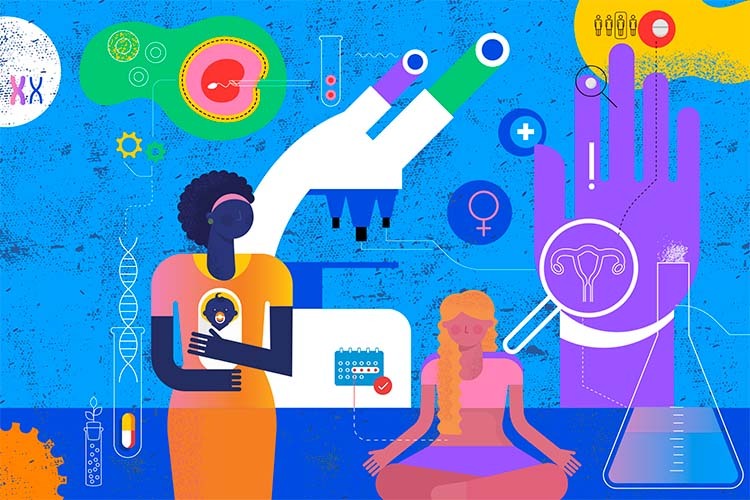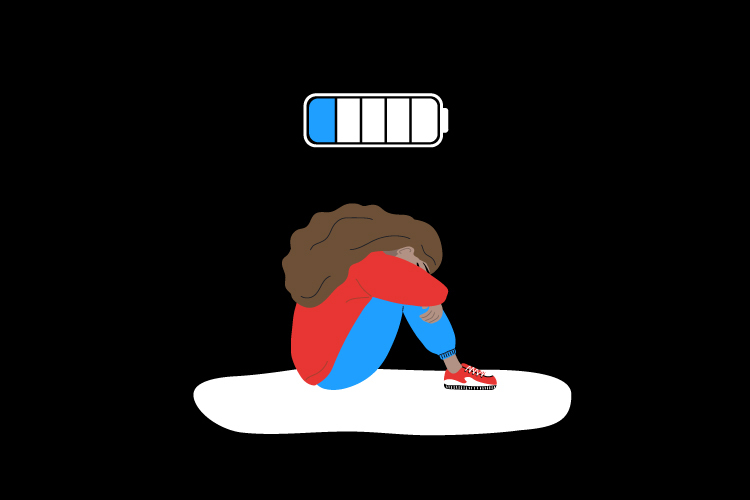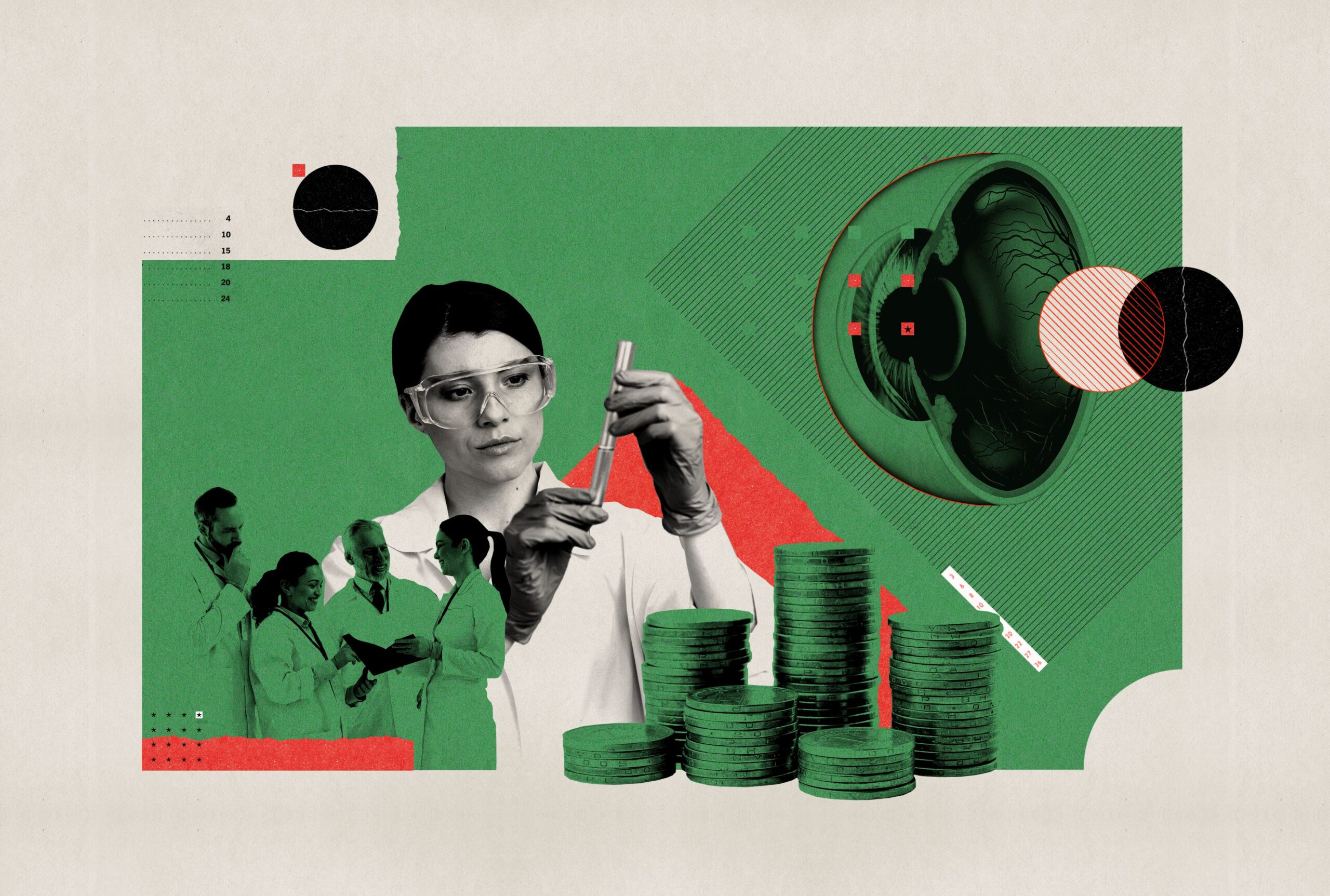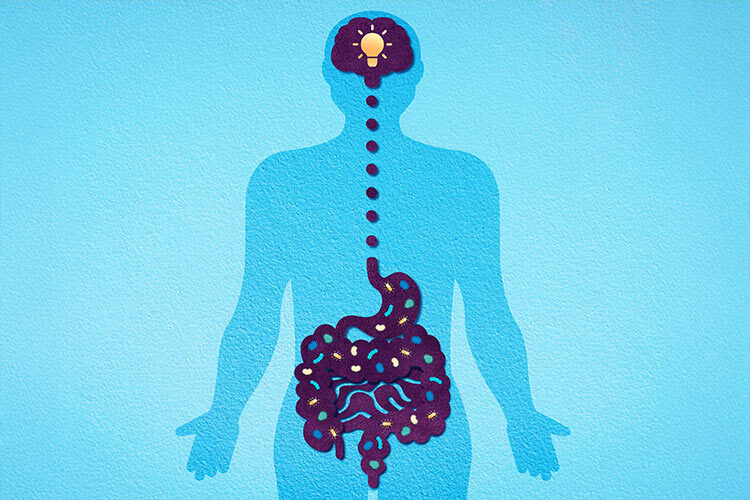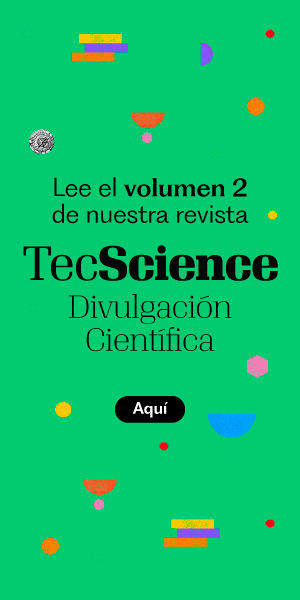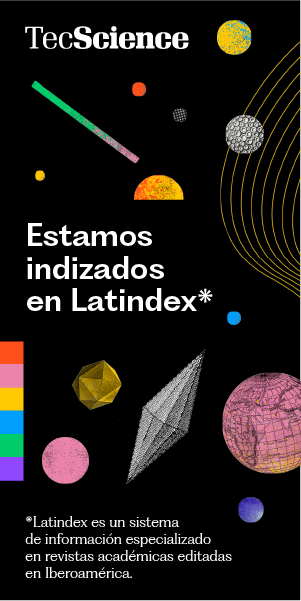Investing in women and our health not only benefits us directly but also has the potential to reduce poverty, boost economic development, and create more prosperous societies. However, current investments are often insufficient and poorly targeted.
“We know that in today’s world, women are the main contributors to family care,” explains Felicia Knaul, Distinguished Visiting Professor at the School of Medicine and Health Sciences and a member of the Faculty of Excellence at Tec de Monterrey. “So, investing in a woman’s health and well-being also means investing in children and the elderly.”
Knaul, along with four other researchers from institutions such as Harvard, the University of Toronto, and the University of Melbourne, recently published an article demonstrating with data and economic models that this investment could be one of the most profitable and effective strategies for strengthening economies.
When a woman is healthy, she can study, work, take care of herself and her family, and actively participate in her community. This prosperity creates a positive domino effect where health drives education, education drives work, and work promotes the health of the rest of their society, multiplying the benefits across generations. Researchers call this the virtuous cycle.
However, when governments fail to invest, a vicious cycle develops in which the lack of resources for women’s health leads to more illnesses, lower productivity, greater inequality, and poorer population health.
“There is a generalized lack of investment and recognition of what health means for economic development globally,” says Knaul.
Five Investment Areas with High Impact
The authors identify five strategic areas that could transform the future of women and societies. The first is adolescent and child health. Investing in the mental health of adolescent girls, for example, offers a 23.6-fold return, reducing problems such as depression, violence, and school dropout rates.
The second is education: each additional year of education increases women’s income by 20%. It also reduces early marriage, teenage pregnancies, and infant mortality.
Another key area is sexual and reproductive health, where every dollar invested in family planning and maternal care can generate up to $27 in economic and social benefits. Ensuring access to contraceptives, prenatal care, and safe delivery saves lives, the researchers emphasize.
Another essential aspect is redesigning health systems to have a gender perspective, taking into account the specific needs of women. Examples such as Iceland, with equal pay and equal maternity and paternity leave, or Namibia, which offers free maternal and child health services, show that equity policies produce measurable results.
The last is a care economy. Globally, women represent 70% of the health workforce, but earn 25% less than men. Furthermore, millions perform unpaid care work—for children, the sick, or the elderly—equivalent to more than 5% of global Gross Domestic Product (GDP). Formalizing and paying this work could generate between $15 and $30 trillion in additional income for women over their working lives.
“We need health systems that explicitly acknowledge and compensate the care contributions of women, whether they’re patients, providers, or caregivers,” says Beverley Essue, research professor at the University of Toronto and co-author of the study.
Rights, Data, and a Change in Mentality
For these investments to be possible, we need a foundation of labor, human, and social rights. Gender-based violence, for example, has an estimated global cost of $10.6 trillion—10% of global GDP—so investing in its prevention is both a moral obligation and an economic strategy.
They also propose a life-cycle approach that addresses and understands women’s health throughout their lives, not just during their reproductive years.
“Being a mother lasts much longer than the months of pregnancy and breastfeeding,” says Knaul. “But many women choose not to become mothers, and their health is also very important.”
Despite advances, women remain underrepresented in health research. When they are studied, the focus is often on their reproductive capacity, so we don’t know enough about women’s childhood, adolescence, and later life. “The menopausal phase and the aging process have been understudied,” says Knaul.
Furthermore, most health data is still not disaggregated by sex, gender, skin color, or income, which hides inequalities. “Without disaggregated data, we cannot build the case, or the models, for equitable investment,” says Essue. Incorporating a gender perspective is not only fair but also increases the cost-effectiveness of investments and public policies.
Thus, investing in women’s health should not be seen solely as a matter of individual well-being, but as a pillar of collective development and prosperity.
“It requires a shift in mentality to value family care as much as we value work,” Knaul concludes. “And to value women, beyond their reproductive capacity, as people with their own needs.”
Were you interested in this story? Would you like to publish it? Contact our content editor to learn more: marianaleonm@tec.mx
